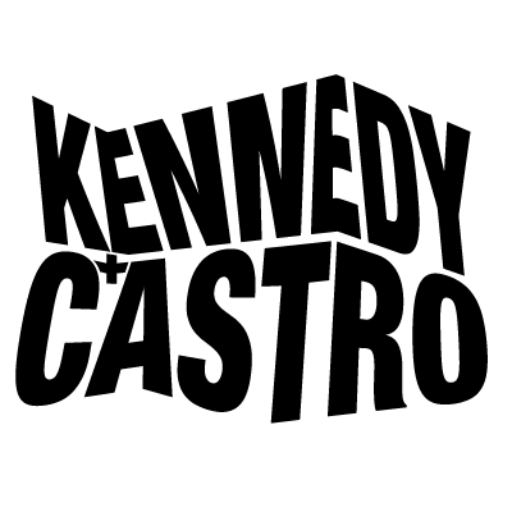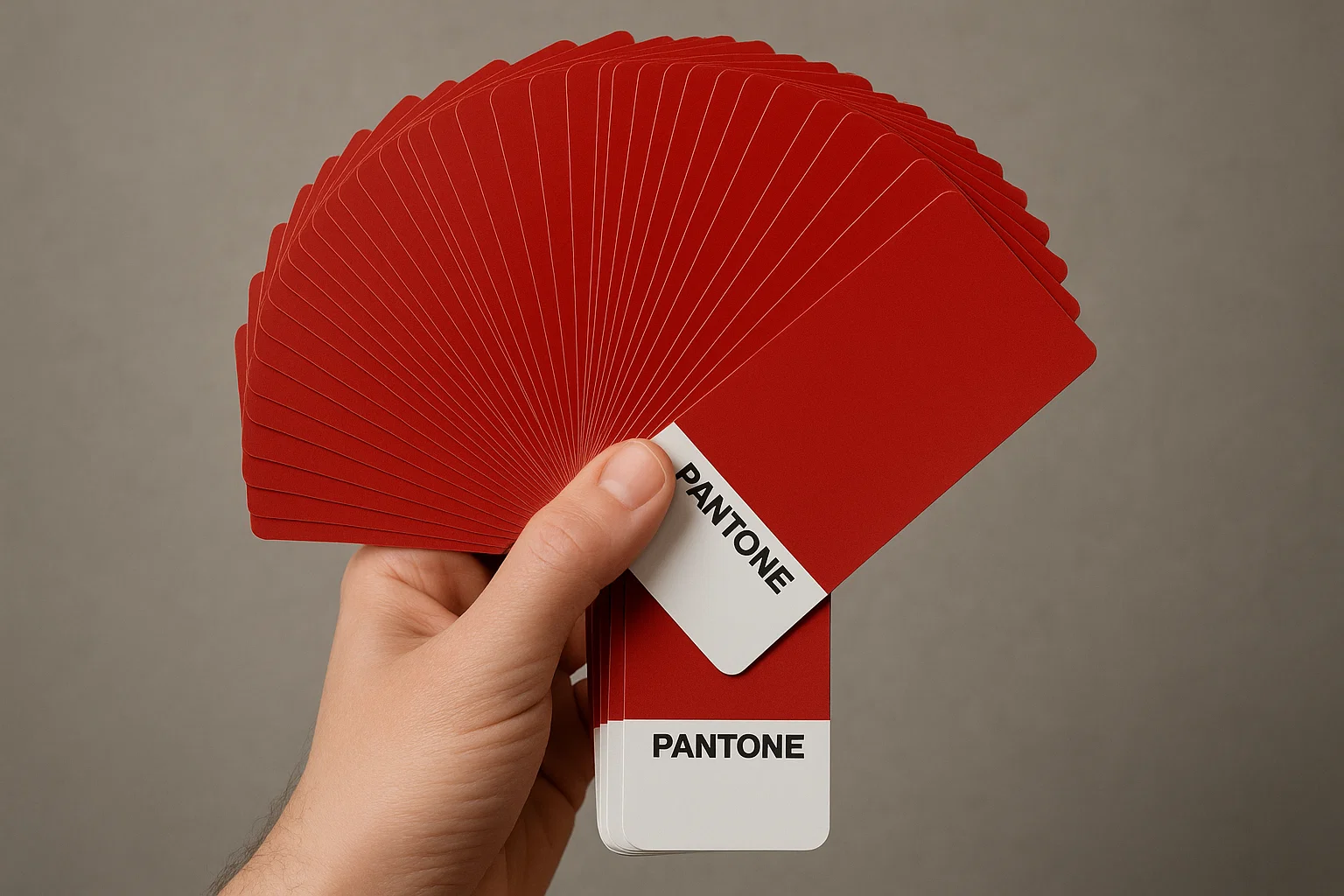There was a time and it wasn’t a romantic era, just a less automated one, when difference still had weight. A brand could sound like itself, look like itself, even contradict itself with a kind of human dignity.
Now everything looks curated by the same invisible hand. And in a way, it is.
You open your feed and the sameness hits you like humidity. Pastel gradients. Rounded corners. “Bold, unapologetic” tone of voice that apologizes for itself every three lines. Faces that smile like stock photos even when they insist they aren’t. The same startup fonts. The same corporate moralism. The same “disruptive” manifesto duplicated across continents by people who think originality is a filter you apply, not a point of view you earn.
We used to accuse brands of copying each other. Now they don’t even need to.
The algorithm does the copying for them.
It feeds everyone the same aesthetics, the same phrasing, the same half-digested “authenticity,” and everyone, brands, influencers, personal brands, those middle-aged consultants with morning routines, internalizes it like gospel.
You can almost hear Norman Mailer laughing: Of course they all sound the same. They’ve outsourced their personality to the feed.
Originality hasn’t died. It’s been formatted.
Standardized. Compressed. Optimized. Smoothed into palatable uniformity by systems that pretend to amplify creativity but quietly steer it toward whatever generates the least resistance.
Teams convince themselves they are being “inspired.” What they’re really doing is imitating the output of an algorithm designed to keep you scrolling, not thinking.
And then comes the tragedy: people begin mistaking this uniformity for taste.
The strategist calls it a “trend.” The creative director calls it “fresh.” The brand manager calls it “safe.” The audience calls it “fine.” And everyone keeps moving in the same direction with the enthusiasm of cattle who mistake the slaughterhouse for a spa because the lighting is flattering.
In meetings, I hear sentences that feel like déjà vu: “We want something bold.” “We want something emotional.” “We want something human.” But bold, emotional, and human now have presets, templates so polished they no longer carry any muscle, any friction, any fingerprints.
The algorithm has gently erased the off-notes, the imperfections, the eccentricities that once made work feel alive.
It’s not that people lack originality. It’s that originality has become expensive, unpredictable, unfriendly to conversion metrics.
The system doesn’t want what hasn’t been tested. The system wants the familiar, the frictionless, the endlessly replicable.
And brands, hungry for relevance and terrified of irrelevance, obey.
They flatten themselves into echo chambers of each other. They kill their own strangeness, that rare, beautiful, inconvenient quality that once separated the memorable from the forgettable. The worthwhile from the merely optimized.
Norman Mailer would say this new era has no heroes because no one risks enough to become one. Didion would note, quietly, that sameness is a symptom of fear, and that fear, carefully packaged, sells very well.
So what now?
Now originality must begin where the algorithm ends.
Where metrics stop. Where templates fail. Where a brand decides it will not look like everyone else in the room simply because everyone else in the room looks the same.
This is not rebellion. This is survival.
Because nothing meaningful grows in a field where everything is identical. And no brand, no person, no idea, ever became unforgettable by blending perfectly into the feed.
Ercole Egizi




